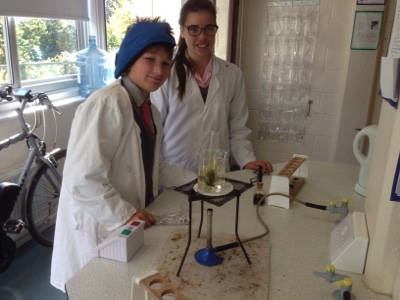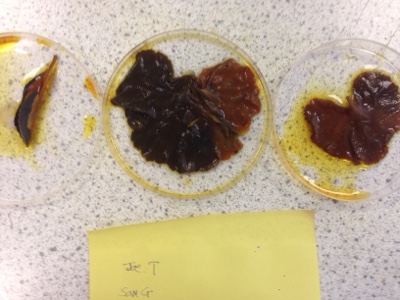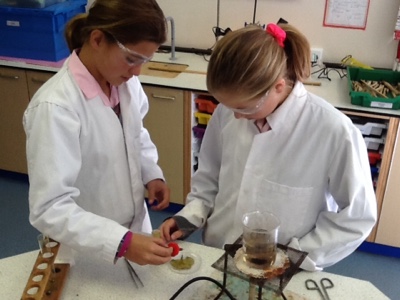They had a look some maggots and we discussed their movement and life cycle.
Then we looked at how they respond to light. The maggots would move away from the light. We used this fact to help us race our maggots!
And then we all cheered as the grand final took place. Poor "Speedy" got a little bit confused and went the wrong way. Then it was a close race to the finish line between "Maggie" and "Red Mags". The two maggots were very close the whole way down the track and the leader constantly changed. In the end the maggot to cross the finish line first was.....




















































